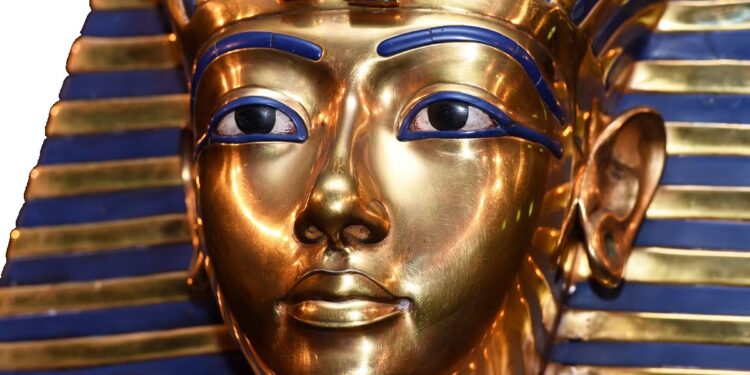Title: King Tut’s Tomb: Unraveling the Mysteries of Ancient Egypt
In the heart of the Valley of the Kings in Egypt lies one of the most iconic archaeological discoveries of the 20th century – the tomb of Tutankhamun, better known as King Tut. Discovered by British archaeologist Howard Carter in 1922, the tomb has captivated the world with its wealth of treasures and the mysteries surrounding the young pharaoh’s life and death.
King Tutankhamun ascended to the throne at the tender age of nine and ruled during the 18th dynasty of the New Kingdom. His brief reign from 1332 to 1323 BC was largely unremarkable until the 1920s when Carter, funded by Lord Carnarvon, stumbled upon the entrance to the burial chamber.
The tomb, designated KV62, had miraculously escaped the plundering hands of grave robbers that had ravaged many other royal tombs in the Valley of the Kings. As Carter and his team meticulously excavated the burial chamber, they unveiled a treasure trove of artifacts, gold, and precious stones that had been undisturbed for over 3,000 years.
Among the most notable items discovered were the golden death mask that adorned Tutankhamun’s mummy, intricate jewelry, chariots, thrones, and countless other ceremonial objects. The opulence of the tomb provided unprecedented insights into the wealth and artistry of ancient Egyptian civilization during the 14th century BC.
However, as the world marveled at the riches, questions arose about the circumstances of King Tut’s death. The young pharaoh’s mummy revealed evidence of physical ailments, including a broken leg, leading to speculations about foul play or possible health issues. Scientific analyses, including DNA testing, suggested that Tutankhamun might have succumbed to a combination of genetic disorders and infections, dispelling the initial notions of a violent death.
Beyond the material treasures, the tomb’s wall paintings and inscriptions provided invaluable glimpses into the religious beliefs and rituals of ancient Egyptians. The intricate depictions illustrated the journey of the pharaoh’s soul through the afterlife, guided by various deities.
Despite the initial excitement surrounding the discovery, the “Curse of the Pharaohs” soon captured public imagination. Several individuals associated with the excavation, including Lord Carnarvon himself, succumbed to mysterious deaths, fueling superstitions and legends. While modern science dismisses the curse as mere coincidence, it added an aura of mystique to King Tut’s tomb.
Today, the artifacts from Tutankhamun’s tomb are housed in the Egyptian Museum in Cairo, allowing visitors from around the world to marvel at the wonders of ancient Egypt. King Tut’s tomb continues to be a symbol of the richness of the Egyptian civilization and a testament to the enduring allure of the mysteries that shroud the past.



Recent Comments